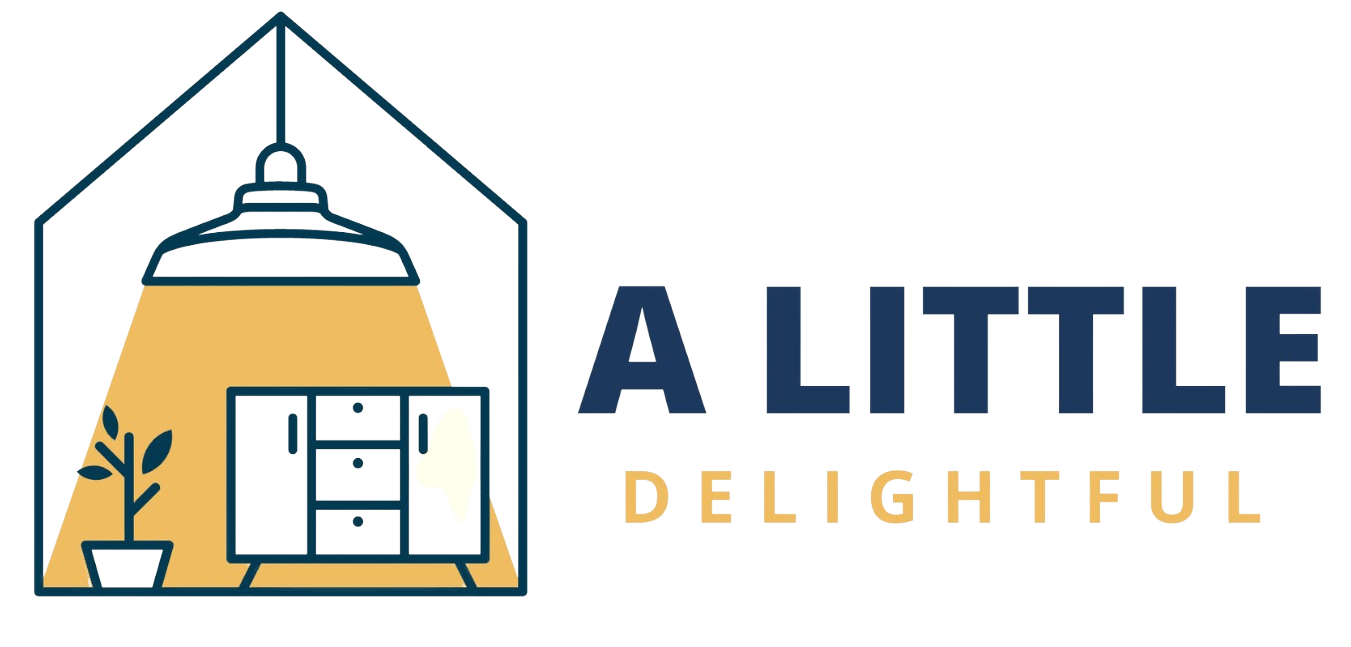How Can Blending Words Enhance a Brand’s Marketing Strategy?
Are you yearning to make your brand name unforgettable in today’s cluttered market?
This post uncovers 15 expert tips to help you conquer the art of strategic word blending in your branding efforts.
By combining words in creative and meaningful ways, you can develop distinctive brand names that encapsulate the essence of your business and forge powerful connections with your target customers.
Industry leaders like Instagram, Microsoft, and Netflix have successfully leveraged this potent technique to construct memorable, message-driven brand identities.
Their triumphs serve as compelling evidence of the immense potential that lies within well-executed word blending.
The opportunity is yours to master this art and propel your brand to extraordinary heights.
Delve into actionable strategies, real-world examples, and engaging exercises to transform you into a word-bending virtuoso.
Prepare to craft a brand name that leaves an indelible mark on your audience’s minds.
Creating Effective Blend Words for Marketing

Blend words are a powerful tool for creating memorable brand identities in marketing.
By combining elements of two or more words, marketers can craft unique and impactful brand names that resonate with their target audience.
This section explores the importance of enhancing brand messaging through blended words, techniques for achieving phonetic compatibility, and real-world examples of successful brands using blended words effectively.
1. Selecting Suitable Words
- It would be best if you chose words with similar or complementary meanings.
- At the core of effective blending words lies the semantic relationship between the words being blended.
- Choosing words with similar or complementary meanings ensures the resulting blend conveys a coherent and relevant concept.
2. Enhancing Brand Messaging
- Select words that reflect your brand’s essence and values to create a powerful brand identity. For example, “Microsoft” (microcomputer + software) emphasizes the brand’s technological and software-focused nature.
- Successful brands like “Netflix” (internet + flicks) highlight how well-chosen words with semantic compatibility can create a clear and appealing brand message.
3. Importance of Phonetic Harmony
- Phonetic flow is crucial in how easily a blended word can be pronounced and remembered.
- Ensure the blended word rolls off the tongue smoothly, avoiding awkward or harsh sound combinations.
Experiment with different word combinations to find the most phonetically pleasing blend. Use tools like phonetic transcriptions to test the flow and pronunciation of potential blend words. - Real-world application brands like “Smog” (smoke + fog) demonstrate the ease of pronunciation and memorability achieved through phonetic harmony.
Different Methods of Blending the Words
Blend words combine parts of two or more words to create a new word with a unique meaning.
Various methods exist for creating blended words, including truncation, overlapping, and fusion.
When using blend words for brand marketing, it’s essential to ensure smooth phonetic integration and avoid difficult pronunciations.
This section explores the different types of blend word formation, their advantages, and techniques for achieving effective phonetic integration in brand names.
1. Truncation
Cutting Off Parts of Words
Truncation is a word formation process that involves shortening or cutting off parts of one or both words before combining them to create a new word.
This process is commonly used to form blends, which are words that combine parts of two or more words to create a new word with a unique meaning.
Definition and Process
Truncation involves shortening one or both words before combining them, as in “brunch” (breakfast + lunch), where parts of each word are truncated.
The truncation process can involve removing the combined words’ beginning, middle, or end. The remaining parts of the words are then put together to form a new word that retains some of the meaning and sound of the original words.
Advantages
Truncation creates concise and impactful words that are easy to remember, often retaining the key sounds and meanings of the original words.
These newly formed words are usually more catchy and memorable than the original words, making them useful for marketing, advertising, and everyday communication.
Truncation also allows for creating new words that efficiently convey complex ideas or concepts in a single word.
Examples
- “Sitcom” (situation + comedy) is an example of truncation where the first part of “situation” and the second part of “comedy” are combined to create a new word that refers to a specific type of television show.
- “Infomercial” (information + commercial) is another example where the first part of “information” and the second part of “commercial” are combined to create a word that describes a type of advertisement that provides detailed information about a product or service.
Other examples of truncation include “motel” (motor + hotel), “blog” (web + log), and “fanzine” (fan + magazine).
2. Overlapping
Definition and Process
Overlapping blends merge parts of words that phonetically or visually overlap, like “motel” (motor + hotel), where the “ot” sound is shared.
In this process, the end of the first word and the beginning of the second word are combined, creating a seamless transition between the two words.
The overlapping parts are often chosen based on phonetic similarity or visual resemblance.
Advantages
This method produces seamless and smooth transitions, often producing a phonetically and visually appealing blend.
The overlapping parts create a natural flow between the words, making the resulting blend of words easy to pronounce and remember.
Overlapping blends often retain the recognizable elements of both source words, allowing for easier understanding and association.
Examples
- “Smog” (smoke + fog) is an example of an overlapping blend where the “o” sound is shared between the two words, creating a seamless combination.
- “Chortle” (chuckle + snort) is another example where the “ch” sound overlaps, resulting in a phonetically appealing blend word.
Other examples include “brunch” (breakfast + lunch) and “infotainment” (information + entertainment).
3. Fusion
Definition and Process
Fusion blends combine elements of words without phonetic or visual overlap, such as “spork” (spoon + fork).
Parts of the source words are selected and combined based on their semantic relevance or desired meaning rather than their phonetic or visual similarity.
The resulting blend word often represents a new concept or a combination of the attributes of the source words.
Advantage
Fusion allows for greater creativity and flexibility in word formation, resulting in highly unique and distinctive blend words.
By combining elements without the need for overlap, marketers can create blend words that are more visually and phonetically striking, making them stand out in a crowded market.
Fusion blends also allow the creation of entirely new terms that capture specific ideas or concepts.
Examples
- “Microsoft” (microcomputer + software) is a well-known example of a fusion blend, combining two words representing the company’s core focus.
- “Groupon” (group + coupon) is another example of combining elements of both words to create a new term that describes a specific business model.
Other examples include “Pinterest” (pin + interest) and “Viagra” (vigor + Niagara).
Benefits of Using Blend Words in Marketing
Blend words are powerful tools for marketers, offering numerous benefits, such as enhanced communication efficiency, creative language development, and branding advantages.
By combining parts of two or more words, marketers can create unique and memorable terms that effectively convey complex ideas, fill language gaps, and establish strong brand identities.
This section explores how blended words can be leveraged in marketing to capture attention, communicate effectively, and create lasting impressions on consumers.
1. Enhanced Communication Efficiency
Blend words offer a powerful way to condense meaning into single terms, allowing for more efficient communication.
For example, the word “smog,” a blend of “smoke” and “fog,” effectively describes a specific type of air pollution in just one word.
By using blended words, marketers can convey complex ideas or concepts concisely and easily.
Moreover, blending words can help reduce sentence length, enabling quicker communication.
In a fast-paced world with short attention spans, using blended words in marketing messages can help capture and hold the audience’s interest.
Shorter sentences with impactful blend words are more likely to be read and remembered by consumers.
2. Creative Language Development
Blend words allow marketers to fill gaps in language by creating innovative terms that address specific needs or describe new phenomena.
As society evolves and new products, services, or trends emerge, existing vocabulary may not always suffice.
Blend words creatively solve this problem, allowing marketers to coin new terms accurately reflecting contemporary societal needs.
By developing blend words, marketers can demonstrate their understanding of current trends and ability to adapt to changing language landscapes.
This creative language development helps marketers communicate effectively with their target audience and positions them as innovative and forward-thinking brands.
3. Marketing and Branding Advantages
One of the most significant benefits of using blend words in marketing is the ability to create unique and memorable brand names.
A well-crafted blend word can become a powerful brand identifier, setting a company apart from its competitors.
For example, the brand name “Microsoft,” a blend of “microcomputer” and “software,” has become synonymous with the company and its products.
Blend words allow marketers to capture the essence of their product or company in a single word.
By combining relevant terms, marketers can create a brand name that immediately communicates the core attributes or benefits of their offering.
This can increase brand recognition, recall, and loyalty among consumers.
Furthermore, blending words in marketing campaigns, slogans, or product names can help create a consistent brand identity across various touchpoints.
A memorable and meaningful blend of words can become a central theme in a company’s marketing efforts, reinforcing its brand message and values in consumers’ minds.
Future Trends in Blend Words
1. Influence of Digital Communication
As social media platforms and digital communication continue to shape language trends, their impact on blending words cannot be overlooked. Character limits on platforms like Twitter have already contributed to the rise of concise and catchy blends. Marketers should stay attuned to these trends and adapt their blend word strategies accordingly.
Moreover, emerging technologies like artificial intelligence (AI) will likely play a significant role in creating blended words in the future. AI algorithms can analyze large datasets of existing words, consumer preferences, and language patterns to generate novel and appealing blend words. Marketers can leverage these tools to enhance their word creation process and discover fresh, innovative blends.
2. Increasing Complexity
As consumers become more accustomed to blending words, there may be a trend toward creating more complex blends that involve multiple source words. Instead of combining just two words, marketers might experiment with blending three or more words to create unique, attention-grabbing terms.
Additionally, as businesses expand into international markets and engage in online trade, blend words may increasingly incorporate elements from different languages and cultures. This trend could lead to the emergence of globally understood and accepted blend words that transcend language barriers.
Conclusion
In conclusion, blended words have become a powerful marketing tool, offering numerous benefits such as conciseness, memorability, and brand differentiation.
By understanding the different types of blends, their creation process, and their psychological impact on consumers, marketers can effectively harness the power of blended words to engage and persuade their target audience.
Marketers are encouraged to embrace creativity and experiment with blended words in their branding and advertising efforts.
Don’t be afraid to think outside the box and create unique and memorable blends that capture the essence of your brand and resonate with your audience.
Remember the practical tips, such as aligning blend words with your brand identity, ensuring phonetic and semantic harmony, and seeking feedback from your target audience.
Stay informed about future trends, including the influence of digital communication and the potential for increasing complexity in blend word creation.
By leveraging the power of blending words strategically and creatively, marketers can create compelling marketing messages that leave a lasting impact on consumers.







